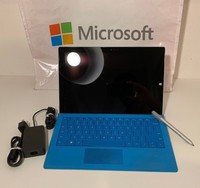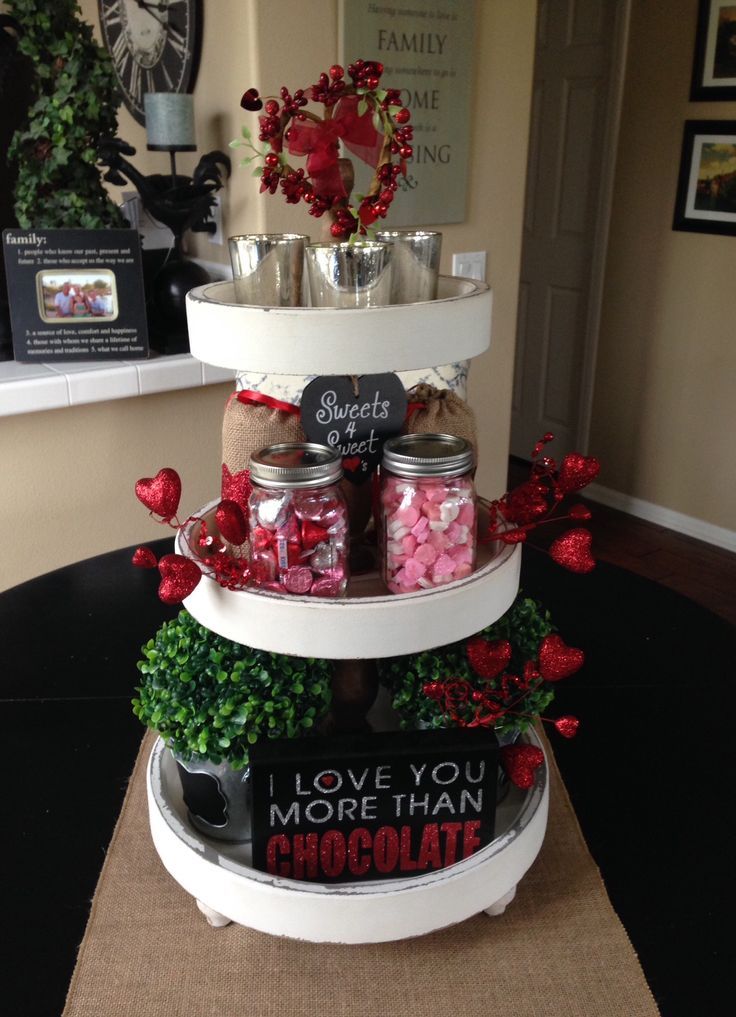
As a result programs such as Evernote look awful with blurry icons, menu buttons and text. But many do not take advantage of high resolution icons and text.


Windows apps downloaded from the Microsoft store look crisp as do some standard applications such as Google’s Chrome. Microsoft hasn’t fixed the fundamental problem with Windows and high resolution (HiDPI) displays yet – I’m told Windows 10 will do that – which means how applications look on the screen is a bit hit and miss. The 10.8in full HD screen has wide viewing angles and is relatively crisp for a PC, but isn’t in the same league as many tablets or high-end computer screens that have twice the resolution and higher pixel densities such as the iPad Air 2, Samsung’s Galaxy Tab S, Apple’s MacBook, Dell’s XPS 13 or the Surface Pro 3. Most Windows laptops and tablets use the wider 16:9 or 16:10 ratio, which is better for video consumption but worse for browsing sites and reading text. The Surface 3 has a smaller screen than the Surface Pro 3, but has the same 3:2 ratio as its bigger brother. The Surface Pro 3, for instance is 9.1mm thick and weighs 800g, while even Apple’s thinnest and lightest MacBook is 13.1mm thick and 920g. Compared to most tablets it is both thick and heavy – the iPad Air 2 is 6.1mm thick and weighs 437g – but it is slim and light for a full PC.

The Surface 3 is also 2mm thinner and 54g lighter than its predecessor, at 8.7mm thick and 622g in weight. It looks just like the Surface RT and Surface 2 before it, with a grey metal body, three-position kickstand and a capacitive Windows button. Photograph: Samuel Gibbs/The GuardianĪnyone familiar with Microsoft’s other Surface tablets will instantly recognise the Surface 3. A full sized USB 3.0 port, mini Display Port and a microUSB port for charging adorn the right side along with a headphones port.


 0 kommentar(er)
0 kommentar(er)
